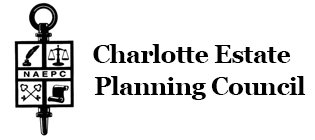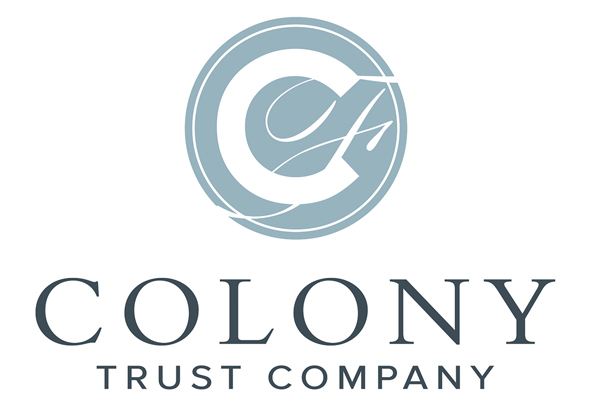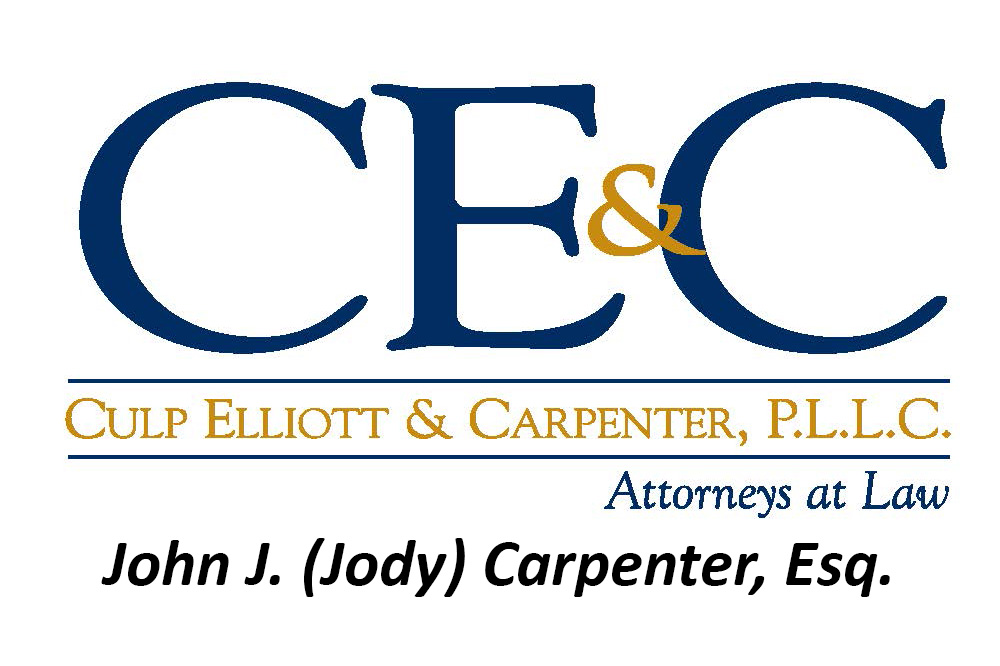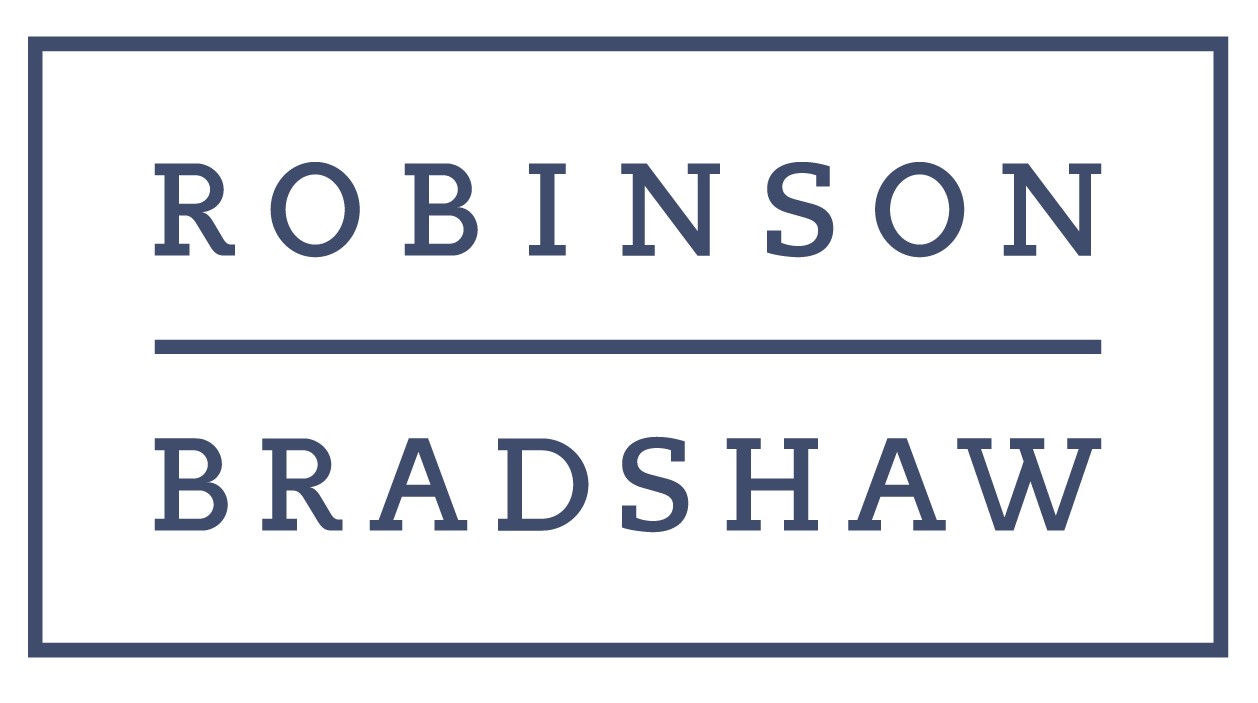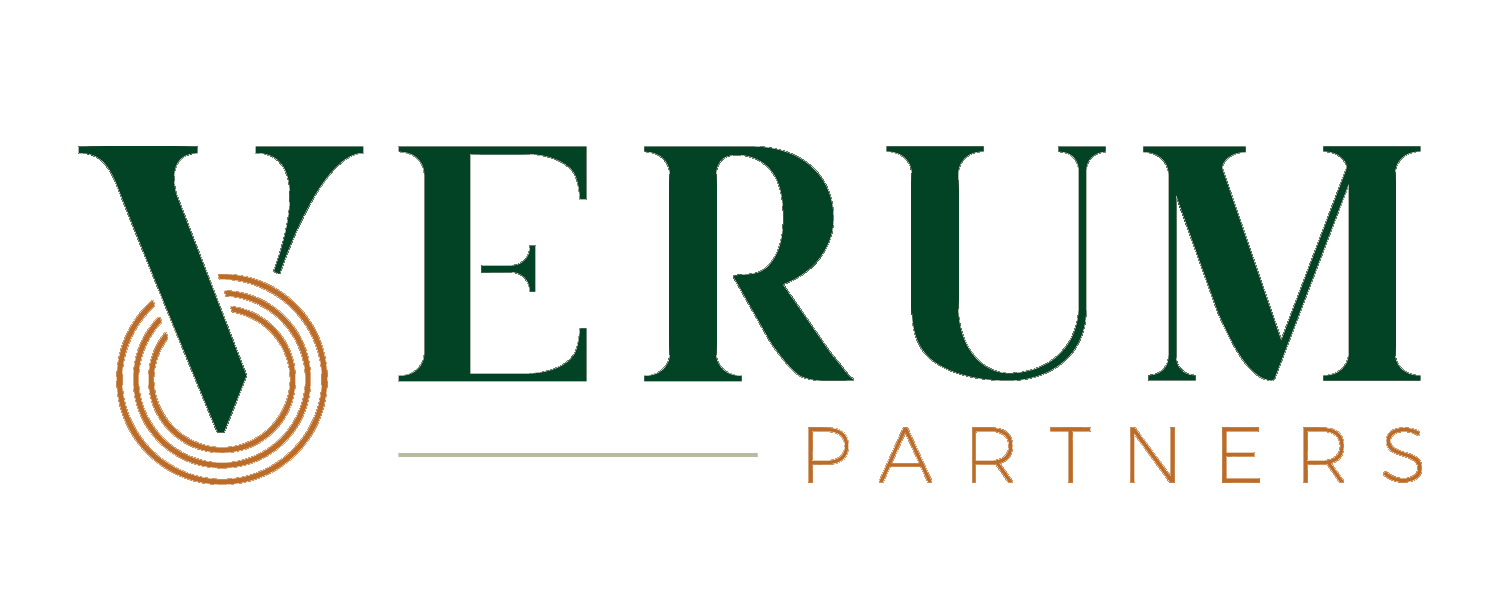Highlights from “Over-Rated? How Surging Interest Rates and Slow Growth May Radically Change Wealth Transfer Planning”
Highlights from “Over-Rated? How Surging Interest Rates and Slow Growth May Radically Change Wealth Transfer Planning”
CECP members met at the Charlotte Marriott City Center on November 15 to speak with Thomas J. Pauloski, JD, National Managing Director – Wealth Strategies, Bernstein, about interest rates and the effect on estate planning.
Tom kicked off the presentation reviewing the current short-, mid-, and long-term applicable federal rates (AFRs), and noted how sharply those have increased over the past 18-24 months. The AFRs are now “inverted”: The short-term AFR is higher than both the mid- and long-term rates, which is unusual and illogical. The AFRs are also very “flat,” meaning that there isn’t much difference in the amount of interest owed on a note (or yield on a Treasury security), irrespective of the term. At 4.33%, the long-term AFR arguably is the best AFR available at the moment.
Attendees heard about cost of capital: The short-term AFR was nearly zero last summer, but well over 4% and rising quickly now. For example, in July 2021, one could lend $11.7M to a family member or trust for three years and would need to charge just over $14,000 of annual interest; today, the yearly interest on a comparable loan would be nearly $500,000. Combined with lower future expected investment returns, estate planners need to be careful to consider the spread (“arbitrage”) between cost of capital and expected return in a given transaction. One may need to put a lot more capital into a strategy—Tom referred to this as “overstuffing” the strategy—to get the same wealth transfer benefit that we would have projected in the Summer of 2021.
Tom discussed strategies that might struggle in the current interest-rate environment, including loans and installment sales to “intentionally defective” grantor trusts, single-term grantor retained annuity trusts (GRATs), and charitable lead annuity trusts (CLATs).
Strategies that could do well in the current environment include gifts—perhaps even gifts that would require the payment of some gift tax--, valuation discounts, preferred (aka “frozen”) limited partnerships and limited liability companies, and qualified personal residence trusts (QPRTs). QPRTs have plenty of warts, but the economic incentives to create such trusts are stronger when interest rates are high.
Tom covered strategies that are relatively impervious to rising interest rates, including charitable remainder unitrusts (CRUTs), short-term “rolling” GRATs funded with marketable stocks, and high-yielding investments held in a private placement life insurance (PPLI) policy. A CRUT may be interesting when one owns a low-basis position in a single marketable stock or perhaps stock in a soon-to-be-sold closely held business that is taxed as a C corporation, because the gain upon diversification may be spread out over the life of the grantor. PPLI can reduce or eliminate income taxes on portfolio investments, but there are aggressively promoted strategies that would fund an offshore policy using an option in an owner’s closely held business. Congress is investigating potential abuses of offshore life insurance, including PPLI—a development that bears watching.
CEPC would like to thank Tom for travelling to Charlotte to speak with CEPC members.
